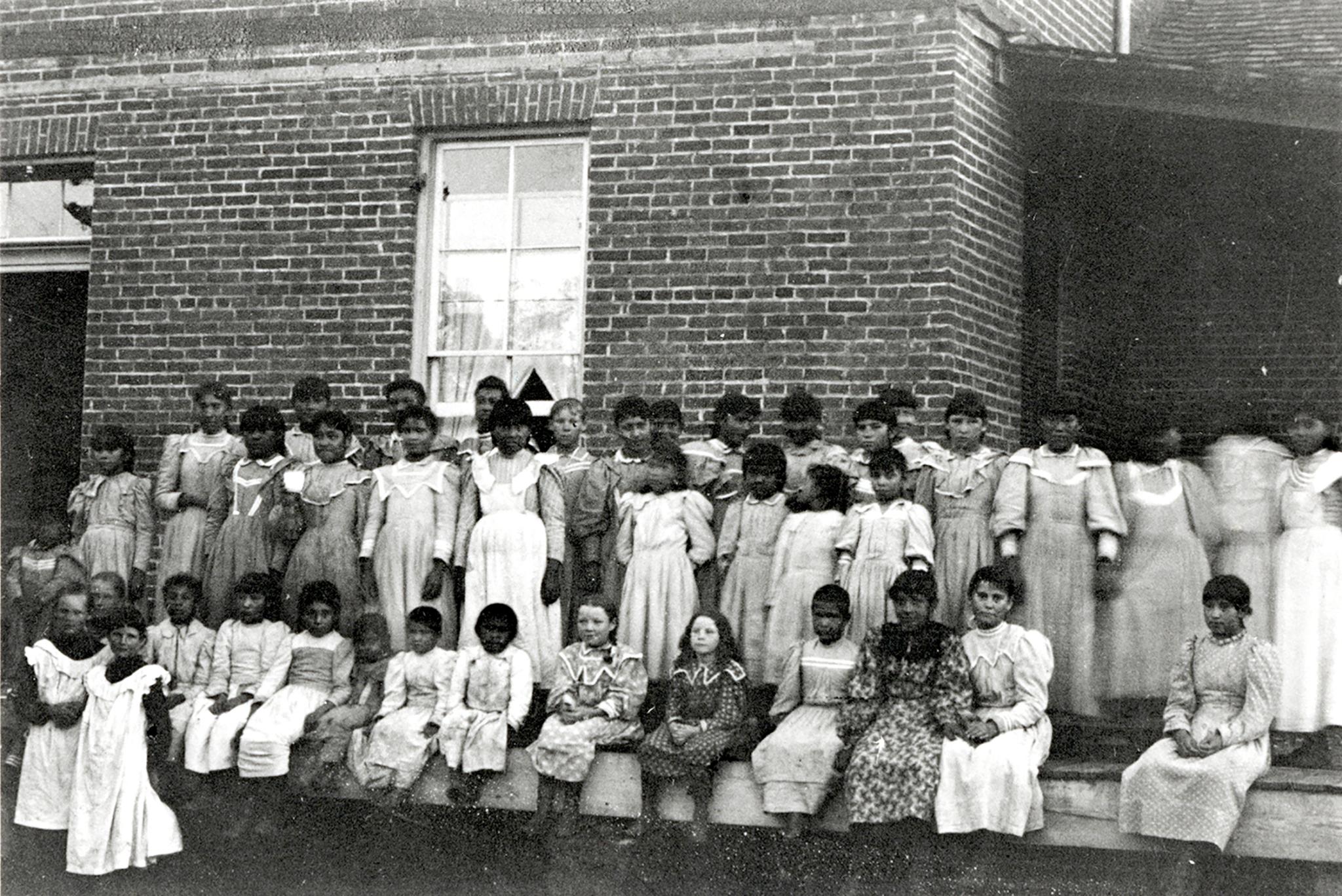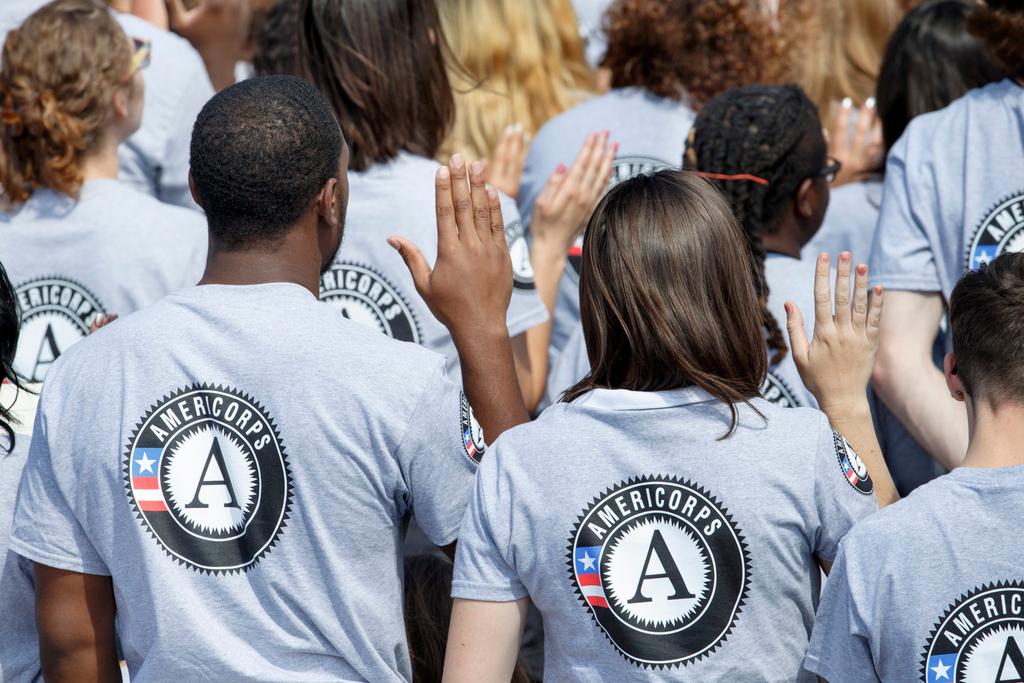
The state is outlining how it could begin to reconcile with a history of separating Indigenous children from their families and communities and forcing them to assimilate into white European culture at schools around the turn of the 20th Century.
A state-mandated year-long investigation into the boarding schools era ended this summer, though History Colorado says it will continue its research. As part of the mandate, History Colorado was tasked with laying out steps toward healing. It released preliminary steps Friday along with a brief summary of the investigation to date.
“We knew from the get-go that a little over a year was a very ambitious timeline,” said Dawn DiPrince, CEO of History Colorado and the state’s historic preservation officer.
The investigative summary intentionally leaves out many details about what happened and who was affected. Researchers say they will release more information on Oct. 3, 2023, “after the Tribal nations impacted by this history have had time to review, reflect, and process its contents.”
Likewise, at this point, the steps toward healing are focused on setting up tribal consultations over a period of years.
The Ute Mountain Ute Tribe and Southern Ute Tribe, who participated in the state’s investigation, each declined to be interviewed Friday.
The investigative summary does emphasize some new information. It says that children at two Western Slope boarding schools were sometimes placed with white families over the summer or during the school year, and had to work for below-market wages in the fields or in their homes. The researchers note that while that work often started near the schools, “by 1909 there was an emphasis on sending students to places such as Rocky Ford as industries such as sugar beets ramped up production.”
“That is just a reminder that this was not confined to particular locations, that this really is something that is threaded throughout the state of Colorado and threaded throughout our history,” said DiPrince.
Origins of the investigation
In 2022, lawmakers tasked History Colorado with researching the boarding school era, and making recommendations about how to heal the harm done to Indigenous communities.
Like in the rest of the country, institutions in Colorado used federal funds to assimilate Indigenous children, removing them from their families and communities, and suppress the children's identities, languages and beliefs between 1880-1920. Children were subjected to abuse, forced labor and disease, and some children died at the schools, and were never returned home.
History Colorado researchers have been working on this review since June 2022. They have searched through archives in Colorado and in Washington, D.C.; used radar, infrared and other technologies to search the properties where some of the schools were located; and consulted with tribes.
A 2022 federal investigation of boarding schools nationwide identified five in Colorado, including the Fort Lewis Indian Boarding School near Durango and the Teller Indian School in Grand Junction. In the summary report released Friday, History Colorado says the scope of forced assimilation, funded by the federal government, was even larger. The state researchers list nine institutions in Colorado, which were a mix of on-reservation day schools, on-reservation boarding schools, and off-reservation boarding schools.
As part of its investigation, last fall History Colorado identified the precise location of a cemetery at the site of the Fort Lewis Indian Boarding School, near Durango. The land is now part of a satellite facility of Fort Lewis College. The college’s president says since the boundaries of the cemetery were identified, the land has been fenced off.
Movement towards reconciliation
In order to address the harm caused by the federally funded forced assimilation program, History Colorado recommends starting with further consultation with tribes, additional archival research, and the sharing of oral histories. Some of this work would require additional funding, DiPrince said.
“If we just rely on this singular archival documentation, we will not have the whole picture. All of that's going to require travel and time.”
In a previous interview with CPR News near the start of the state’s investigation, Ute Mountain Ute Chairman Manual Heart said the healing process should include investments in teaching children the languages, cultures and traditions that were taken away from their ancestors.
At Fort Lewis College, staff and students have been taking steps towards reconciliation for a few years. The school removed displays that whitewashed its history, and has invested in teaching Indigenous languages, among other things. Still, Heather Shotton, Fort Lewis’ vice president for diversity affairs and a member of the Wichita & Affiliated Tribes, said History Colorado’s investigation will help inform the college’s next steps.
“I think that it brings to light an important part of not just tribal history, but American history, of U.S. history, and how we begin to confront that and reconcile and learn from it moving forward,” Shotton said.
Shotton will oversee the university’s efforts to help students when History Colorado’s full report is released in October, by offering counseling services and spaces for discussion.
But Shotten also says that on a campus where more than 40% of students are Indigenous, she sees signs of resilience and reclaiming of the cultures that were forcibly diminished a century ago.
“When I hear Indigenous students use their tribal languages to introduce themselves, when I hear tribal languages spoken on campus, it is a reminder that there is still so much hope in what they offer in the futures for our tribal nations and communities.”
The complete list of force assimilation schools identified by History Colorado includes:
- The Grand Junction Indian Boarding School, also known as the Teller Indian School or the Teller Institute, off-reservation boarding school, 1886-1911.
- Fort Lewis Indian Boarding School, off-reservation boarding school, 1892-1909.
- Ignacio Boarding School, on-reservation boarding school, 1884-1890.
- Good Shepherd Industrial School for Girls, boarding school, 1893-1895.
- Southern Ute Boarding School, on-reservation boarding school, starting in 1903.
- State Industrial School for Boys, boarding and reform school, 1890-1926.
- Navajo Day school, on-reservation day school, starting in 1910.
- Allen Day School, off-reservation day school, starting in 1912.
- Towaoc Day School, on-reservation day school, starting in 1916.
Editor’s note: History Colorado is a financial supporter of Colorado Public Radio, but has no editorial influence.
Related coverage
- Colorado begins review of former Indian boarding school at Fort Lewis College
- Legacy Of Indigenous Boarding Schools In Colorado Includes Unmarked Graves And Generational Scars
- “Heartbreaking and undeniable” — preliminary review of legacy of federal Indian boarding schools is out
- There may have been ‘about 10 schools’ assimilating Indigenous children in Colorado








